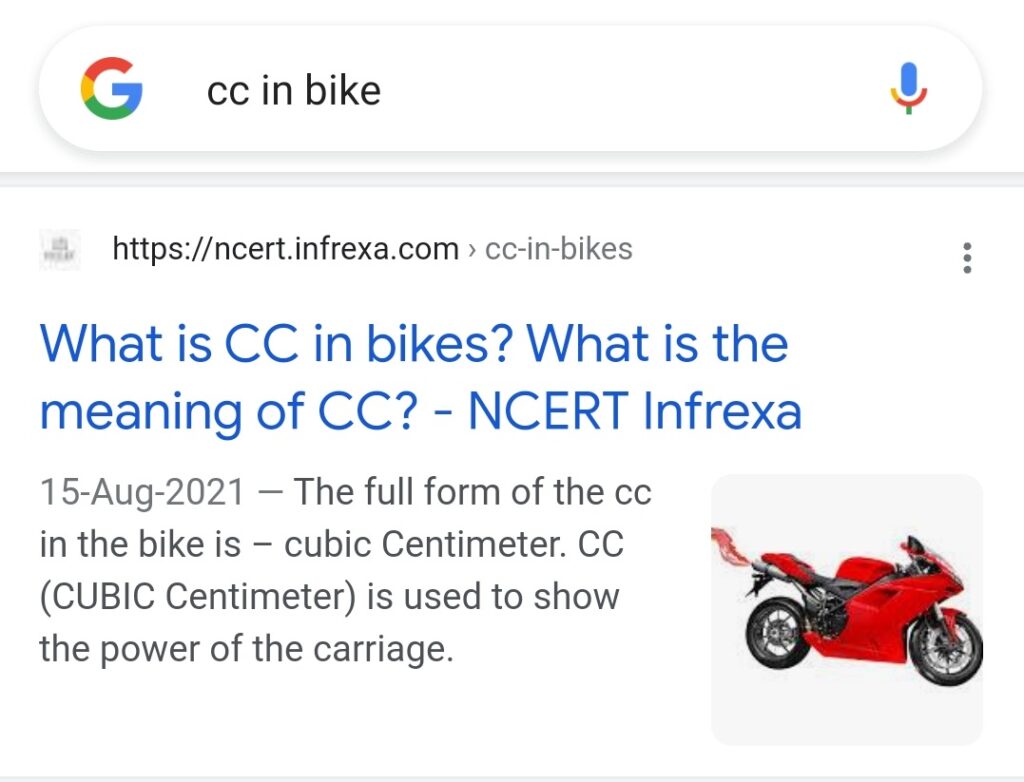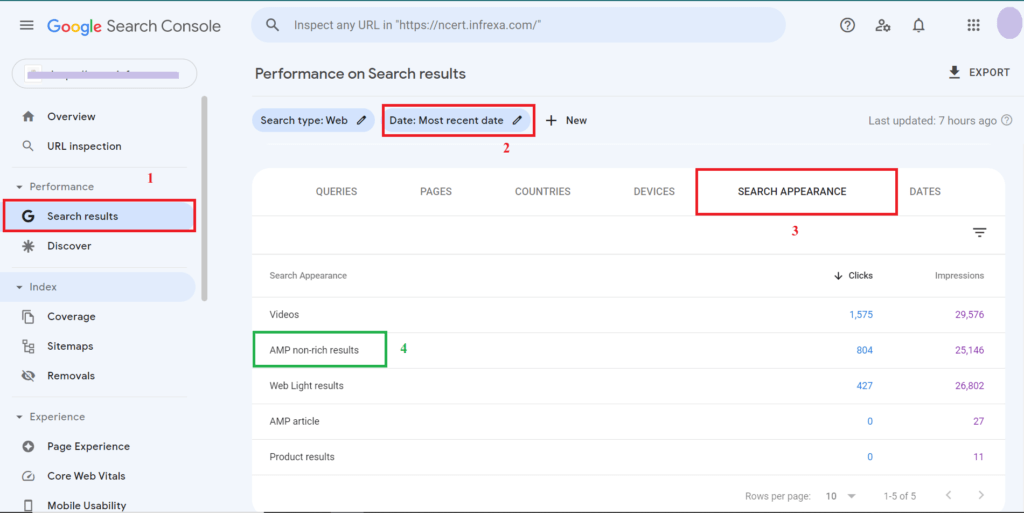If you are a website owner then you have seen these terms – AMP rich results and AMP non-rich results very often on Google Search Console under the “search appearance” tab. These two terms are vital while understanding the importance of page-level SEO optimization for search results.
Those struggling to boost organic traffic to their blog or website must care about these things as if these are ignored may cause a massive drop in your organic traffic.
To understand the topic let me tell you first what AMP articles are and how pages with “AMP rich results” or “AMP non-rich results” can affect your site’s traffic and ranking.
What is AMP
Accelerated Mobile Pages, basically known as AMP is a Google-launched project that aims for the faster delivery of content and enhanced user experience on mobile devices. The AMP project was, initially, introduced by Google to compete the Facebook Instant Articles.
A few years back Google discovered Core Web Vitals to track real-world usage data (sometimes called field data) and based on its reports Google conducted a study and concluded that many users from poor internet connectivity areas and those owing low processor devices are facing delayed or crashed loading contents on their devices. To mitigate these issues and to make the contents load faster, Google introduced AMP technology.
Benefits of Accelerated Mobile Pages (AMP)
Pages having valid AMP versions are served quickly on the mobile-web results as a carousel. It also shows a rich media snippet, as shown below, along with the most important portion of the content to attract the attention of the user.
Read: Google My Business App New name
In the below images, you can see that – a user has searched “Gravitational waves” on his mobile device, and a featured snippet was shown in the search results. While opening this snippet you will notice that the light version of the content is served quickly on the browser even without visiting the website where this content is originally posted.

Difference between “AMP non-rich results” and “AMP article” in Google Search Console
AMP non-rich results: AMP non-rich results, basically known as non-graphical search results, are results without graphical data. AMP non-rich results are also called “non-rich AMP articles”. They appear on search results with simple text and links like those shown in the below image –

AMP non-rich results
– NCERT Infrexa
AMP articles or AMP-rich results: AMP articles or AMP-rich results are the results that may include an image, featured block or snippet like these –

AMP rich results
– NCERT Infrexa
You can also understand AMP-rich results with the below image –
AMP rich results
– NCERT Infrexa

You can check whether any article is an AMP-rich article or not by running the Rich Results Test on Google here.
Where to see these reports?
Even though you share your content on thousands of social media sites you can not achieve success until you focus on the organic drive because this is only the way that can make you succeed in this field. It is hard to do proper SEO as it involves a lot of time and technical skills however, once you are able to maintain your site’s SEO score higher you will see the results on your own.
Though AMP is not a part of Google ranking it is closely connected with the speed of your website on mobile devices.
Google ranking factors largely depend on the speed of the website as speed is one of the most important parts of technical SEO. If you see the Google Analytics data of any website, you will find that more than 80% of traffic is contributed by mobile devices alone.
Now coming back to the point, I must tell you that – you can see these reports on Google Search Console.

Read these also:




